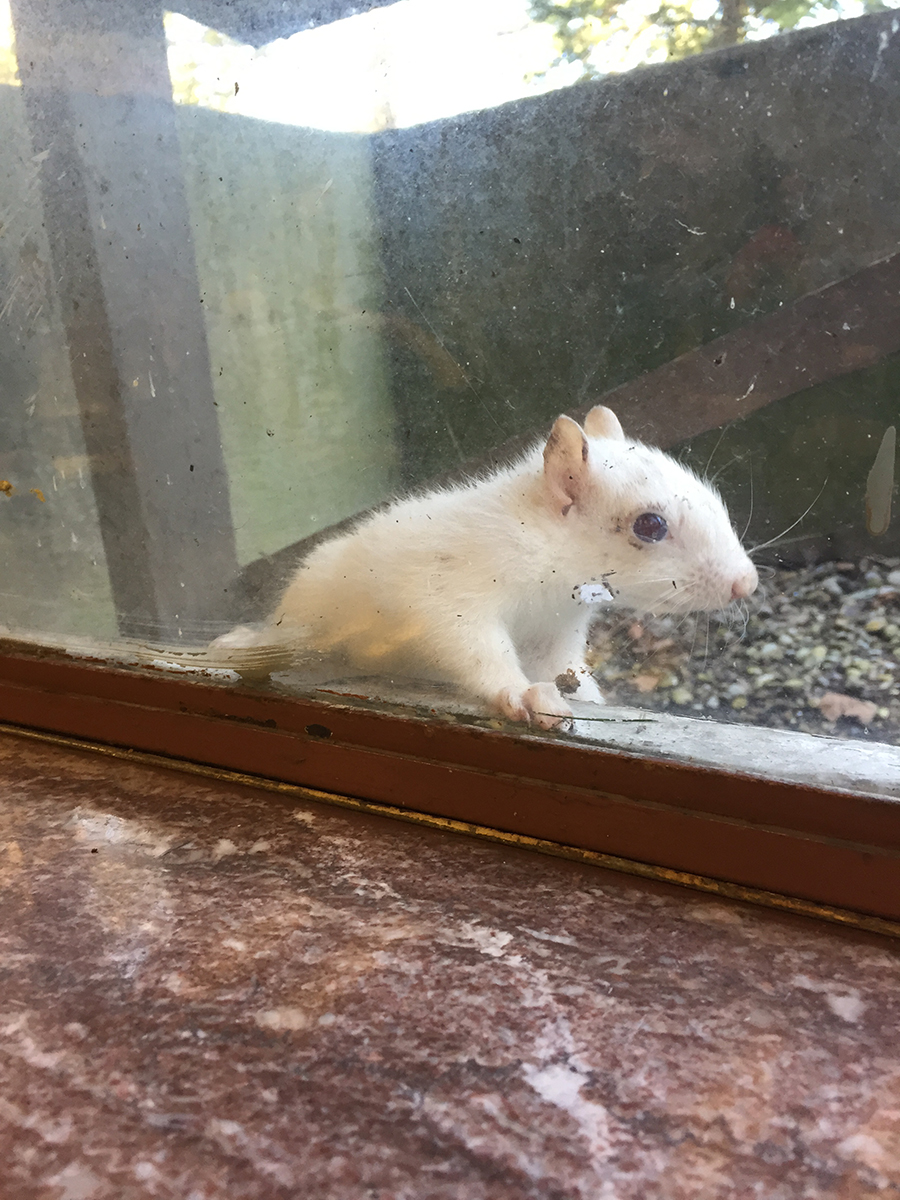Walking through campus, students may spot an array of animals: darting birds, leash-less dogs, and clothed humans. But some students claim to have spotted white squirrels scurrying around Renner Hall.
Dr. Alan Stam, a professor of biological and environmental sciences at Capital for 18 years, said the white squirrels have been around campus longer than he has.
Most students refer to the furry creatures as albinos, even giving one the name “Albus.” Yet, albino squirrels are extremely rare. Only about 1 out of 100,000 squirrels have the genetic mutation making them lack pigment.
The squirrels on campus lack one trait of being albino: the red eye color.
But the squirrels on campus are still relatively rare and are known as leucistic. Leucism, a genetic trait that pops up in colonies randomly and, after some time, disappears, meaning the white squirrels may not always be on campus.
The urban environment of Capital’s campus makes it the ideal place for a white-colored squirrel to survive. With less predators to the animal, having to camouflage its body is not such a big problem. Also, students see the animal as cute, so they are more likely to feed it.
Katherine Bustos-Chaves, junior, captured a photo of the creature through a window in Renner Hall.
“I had heard of the white squirrel my freshman year, and I finally got to see one earlier in the semester,” Bustos-Chaves said.
Students do hold a liking to the adorable creature. One myth says that if you do not see the squirrel over the course of four years, you will not graduate.
Although no one knows for sure if there is a singular white squirrel or several, the mystery behind Albus and his possible family attracts the entire campus community.

